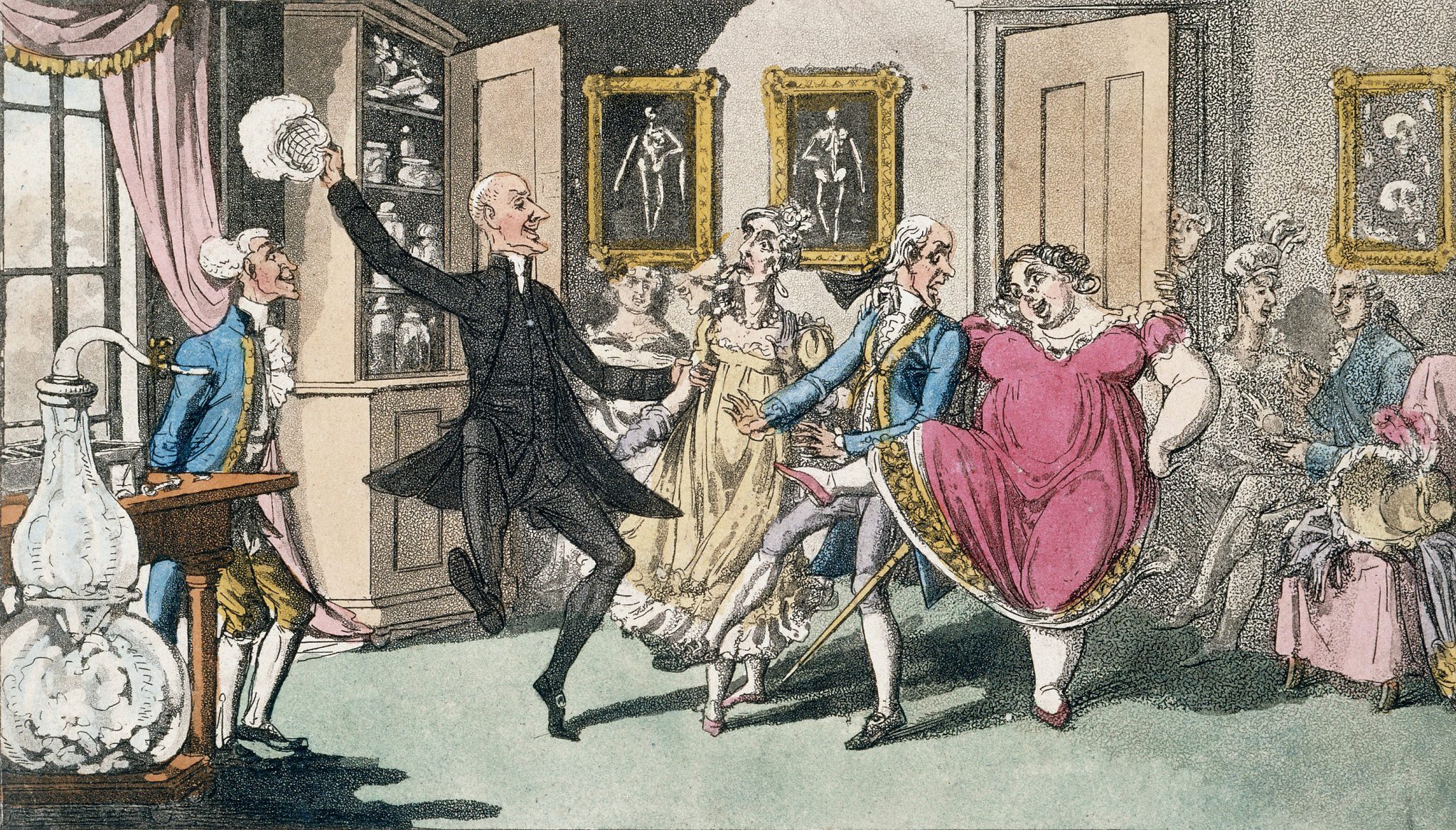Until the middle of the 19th century, surgical operations had to be performed without the benefit of anaesthesia. For that reason, the most successful surgeons worked extremely quickly to reduce the patient’s suffering. This, and the risk of infection, limited the scope of surgical treatment to far fewer types of operation than can be performed today.
Potential anaesthetic substances had been discovered many years before they were used for surgery. Ether was first synthesised in 1540 and called Oil of Vitriol but although it was used as a medicine, its action when inhaled was overlooked or disregarded. Nitrous oxide, discovered by Joseph Priestley in 1772, was soon recognised to possess anaesthetic properties when inhaled but was only used to provide entertainment at “laughing gas parties” or treat patients with tuberculosis.

The first successful demonstration of anaesthesia using ether was carried out in Boston, Massachusetts on 16th October 1846. News of the procedure was widely reported and by December, a similar demonstration occurred in London under the direction of Robert Liston, from whom we get the term “The Yankee Dodge,” a reference to the Boston demonstration, at University College Hospital. Soon after at Bristol General Hospital where ether was administered from a ‘very large bladder’ by William Herapath, an eminent chemist and was reported in the Times.
On 5th January 1847, George Hosking, an apothecary, gave the first anaesthetic in Bath at his residence at 1 Walcot Terrace. This was reported in the Bath Chronicle on 14th January. Within days, James Edwards a dental surgeon working at 18 Gay Street was using ether for painless tooth extraction. On 29th January the first ether anaesthetic was given to a patient requiring a leg amputation at the Bath United Hospital (RUH).
Among those observing James Edwards’ extractions was a chemist, druggist and medical electrician called Mr John Palmer Tylee. He regularly gave anaesthetics to Edwards’ patients. Tylee worked from premises in Bridge Street which continued as a pharmacy until 1972. The brass windowsills date from that era.
Both ether and chloroform could have serious side effects and sudden death from ventricular fibrillation. Not everyone was in favour of anaesthesia, particular for women in labour as it was thought that God had intended women to “bring forth children in pain”. Fortunately, this was a minority view and few people question the ethics of giving anaesthetics nowadays.
For many years, anaesthetics were often administered by GPs using a piece of lint soaked in chloroform, ether or Trilene, which was first introduced in 1934 and was most commonly used by the 1950s. The lint was held in a metal frame which fitted over the nose and mouth. Later, the Central Midwives Board certified an inhaler for providing pain relief for women in labour and this was used by midwives and GPs. The inhaler administered Trilene (trichloroethylene) to mothers during labour. The apparatus is portable and stows away in an integral metal case. An example can be seen in the museum’s collection.
None of these agents are used now because of their toxicity. Trilene in particular, is no longer used because of its undesirable side effects and prolonged drowsy action. However nitrous oxide, which is pleasanter to inhale and is much safer when combined with air or oxygen, is still used in midwifery today for abolishing the pain of childbirth.
Article by Dr Roger Rolls